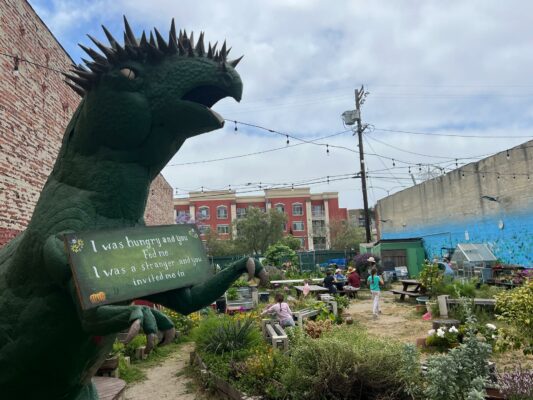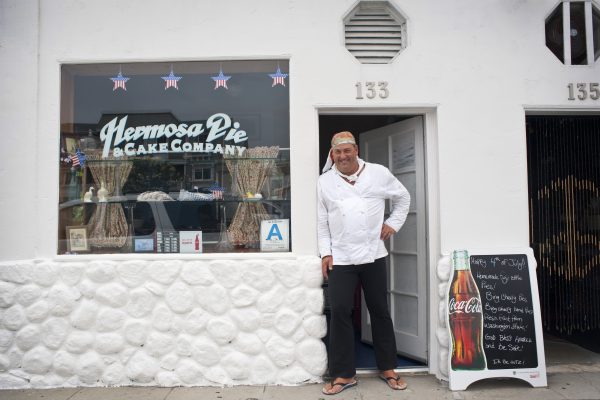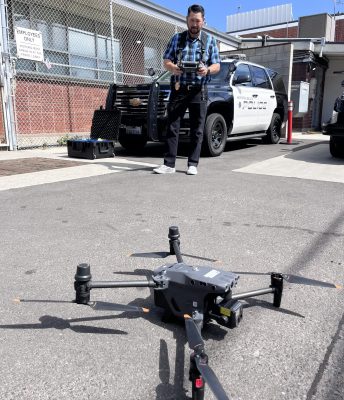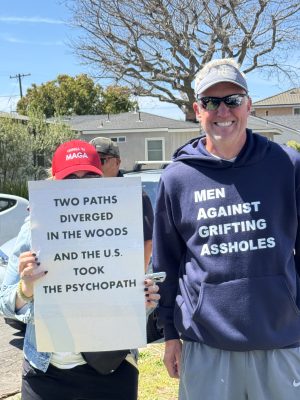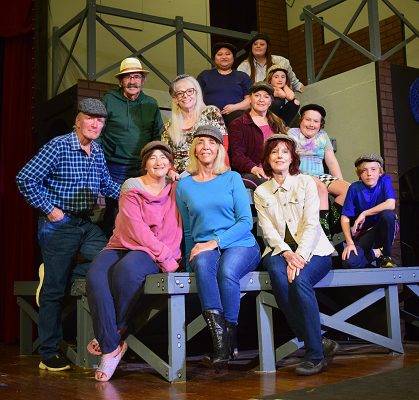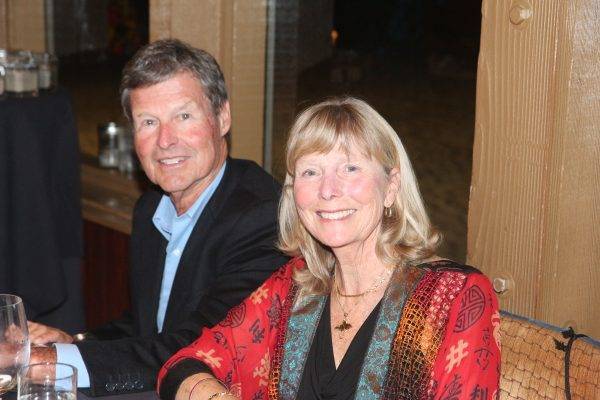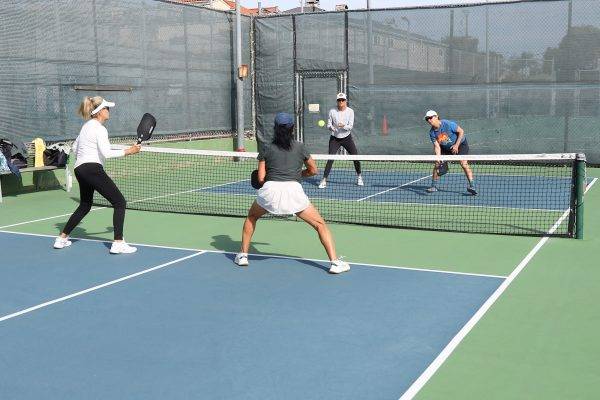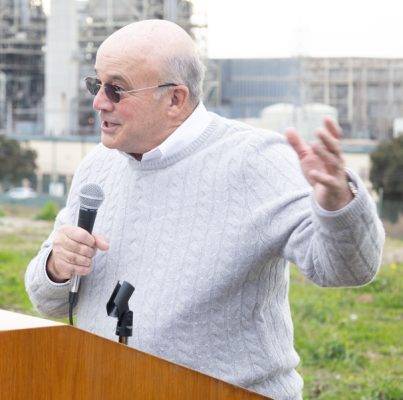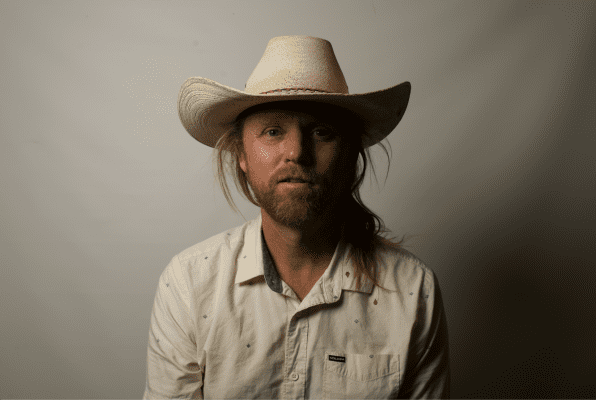
At the 2008 Dewey Weber Classic in Doheny Beach, Joe Melchione confided to Shea Weber a secret ambition he had harbored since he began surfing in the early ‘60s. The prominent, ponytailed attorney owned homes in Santa Monica, Laguna and Hawaii. He chaired the Malibu Surfing Association environmental committee and surfed daily.
Shea Weber was the son of Dewey Weber. Following his father’s death in 1993, Weber carried on his father’s surfboard business, which included shaping boards and running the Dewey Weber Classic longboard contest. The first Webber Classic was held in Manhattan Beach in 1981, at the start of the longboard revival.

“Joe had been coming to our contest every year. He wasn’t a great surfer, but he usually reached the finals in his age division. At the 2008 contest, he pulled me aside and said that his lifelong dream had been to be a member of the Dewey Weber surf team.”
During the 1960s, Weber team riders wore red Eisenhower jackets with a big Weber patch on the back. The jackets were to surfers what a letterman’s jacket was to high school jocks.
Weber readily awarded Melchione the jacket he had long dreamed of wearing. Melchione repaid the favor by advising Weber on how to manage his San Clemente surf shop during the recession that gripped the country that year.

Their ensuing friendship would also prove instrumental in last Saturday’s groundbreaking for the $500,000, lifesize, bronze statue of Dewey Weber to be placed in front of the Hermosa Beach Community Center, at the entrance to the city.
The 2,500 pound statue will be surrounded by a reflection pond with rippling water to suggest waves and drought tolerant plants to suggest a coral reef.
The statue was conceived of in 2003 by Hermosa Beach Public Works Director Rick Morgan, a surfer who lived in Paradise Cove. He envisioned a statue modeled after a famous 1966, black and white photograph of Dewey Weber by pioneer Hermosa Beach surf photographer Leroy Grannis. The photo shows Weber throwing up a spray of water as he performs his signature wheelhouse cutback back on a wave at 22nd Street.

On the advice of Surfer’s Journal publisher Steve Pezman, Morgan had selected well known surf artist Phil Roberts to sculpt the statue, but was unable to raise the estimated $90,000 to fund it.
Coincidentally, the year Melchione revealed his secret dream to Weber, Leadership Hermosa adopted the Dewey Weber statue as its project. In hopes of jumpstarting the moribund project, the group held a fundraiser at Sangria restaurant. Over 100 people attended. The auction included a Hawaii vacation and a Gerry Lopez Lightning Bolt surfboard. Almost $40,000 was raised, but that still left the project less than halfway toward its financial goal. Roberts contributed a 42-inch by 60-inch oil painting of Grannis sitting on his surfboard shooting his famous photo of Weber’s cutback. But the high bid was so disappointing that Morgan withdrew the painting from the auction.

The project remained stalled until two years later, when Melchione, who was a friend Roberts, as well as Shea Weber, donated $50,000. The city council then approved a $90,000 contract to Roberts for the design and construction of the statue on the condition it be funded solely through donations.
As costs grew for what is to be known as the Surf Legends Memorial, Melchione secretly increased his commitment. Upon his death from lung cancer in 2012, he bequeathed $329,000 for the memorial.
“It wasn’t until Joe passed, that we knew he had left such a large amount,” said Dorothy Forba, a member of the task force that kept the project alive, despite little hope of seeing the memorial built. As a member of Leadership Hermosa in 2008, Forba said she voted against the group undertaking the project because of its high cost.
Shortly before his death, Melchione expressed his admiration for Dewey Weber in a note to the memorial committee, titled “Tribute to an Era.”

“There was a time from the mid 1950s well into the 1960s when Hermosa Beach was the epicenter of surfing in California. Of all the breaks where surfers rode waves, from San Diego to Santa Cruz, 22nd Street Hermosa was one of the sport’s main stages.
“And of all the performers who took to the stage, none lit it up like David Earl (Dewey) Weber (1938-1993).
“It is fitting that to honor Hermosa Beach’s role in popularizing surfing in the U.S., the city chose the iconic photo taken by LeRoy ‘Granny’ Grannis of Dewey doing his trademark wheelhouse cutback at 22nd Street, both individuals being true Hermosa Beach locals.”
“On behalf of all of the anonymous ‘Surfer Joes,’ I am proud to be a major sponsor of this wonderful monument recalling the great surf history of Hermosa Beach,” Melchione wrote.
Last Tuesday, the city council accepted a $4,500 contribution for the statue from Spyder Surf founder Dennis Jarvis. The money was raised from a performance of the surf satire “Point Break Live” last month at the Community Center. The city also anticipates receiving a $40,000 grant from the West Basin Water district to pay for the memorial’s drought resistant garden and $6,000 from the Southern California Turf Removal Program for removing 3,000 square feet of lawn to make way for the garden.
To cover the remaining shortfall, the council approved an allocation of $82,279. The city hopes that ongoing fundraising efforts, will reduce that contribution.
Participating in Saturday’s groundbreaking were Shea Weber, Melchione’s sisters Joni and Jill, Roberts, members of the city council and members of the memorial committee.

“This statue isn’t just for Dewey. It’s for every person in Hermosa Beach who ever paddled out and caught a wave,” Mayor Pete Tucker said.
Roberts said the sculpture is at the Original Cast Foundry in Buena Park, waiting to be cast.
The sculpture’s surfboard, Roberts noted, is a Weber Performer longboard, Dewey Weber’s most popular model. It was sculpted by Shea Weber.
The Surf Legends Memorial installation is scheduled for late August.
For more information, or to purchase a brick for the memorial pathway, visit HBSurfLegends.org. ER


